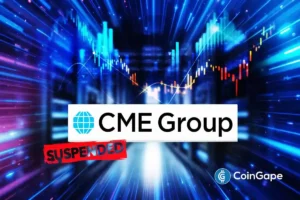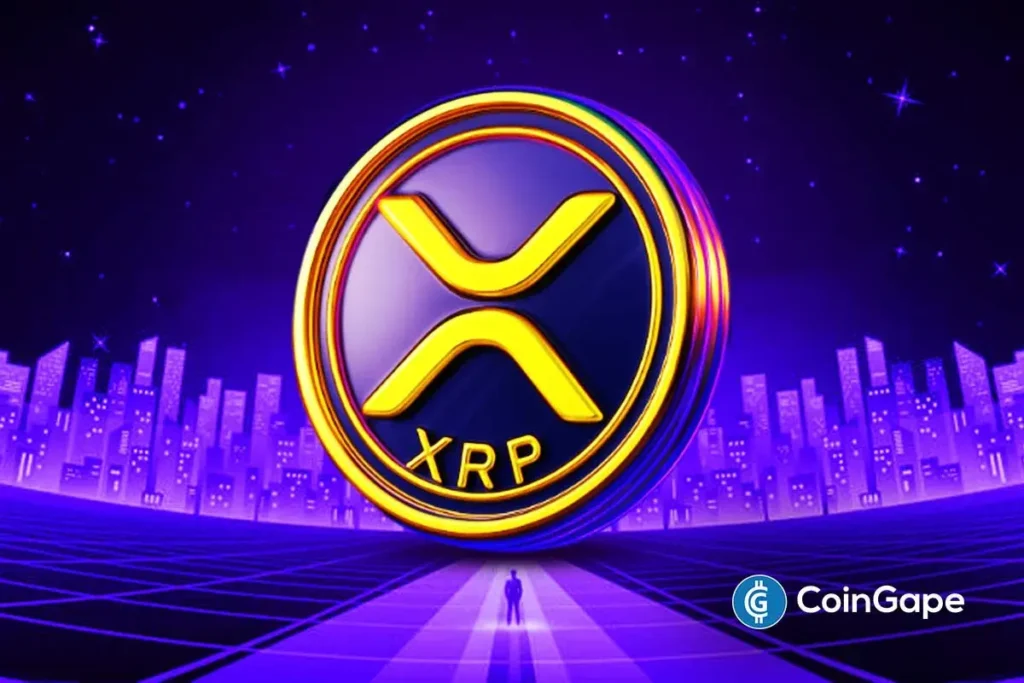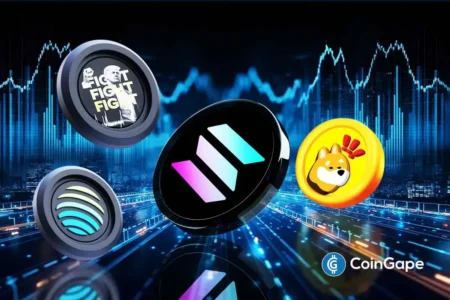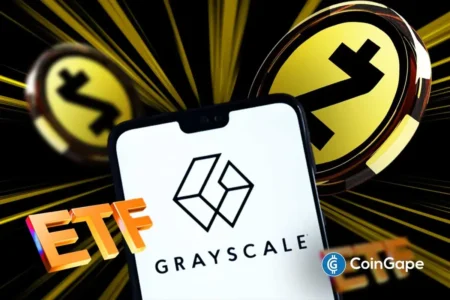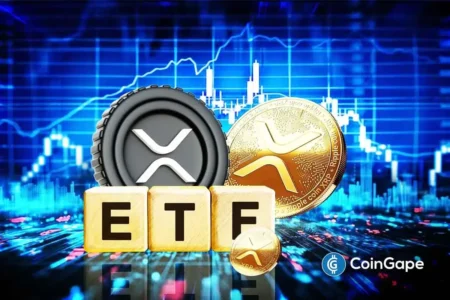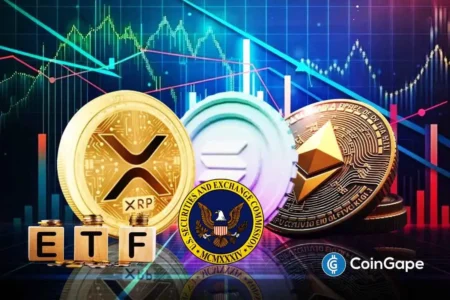XRP Supply Dynamics: Institutional Demand vs. Shrinking Reserves
XRP is currently navigating a complex landscape characterized by intense supply pressure and rising institutional demand, particularly highlighted through the activity of U.S. spot Exchange-Traded Funds (ETFs). Recent data indicates that XRP reserves across exchanges, particularly Binance, have hit a significant low, stirring discussions within the investment community about the future price behavior of the token. As these reserves dwindle, the potential for a bullish market shift grows stronger, particularly as institutions ramp up their accumulation of XRP.
XRP Reserves At Record Lows
Insights from CryptoQuant reveal that XRP reserves on Binance have plummeted to their lowest levels in months, dropping to around 2.7 billion tokens. This significant decrease marks one of the most potent accumulation phases seen in 2023, suggesting a notable exit of XRP from trading platforms. This trend indicates long-term investors and institutions are increasingly eyeing XRP as a viable asset. The current price of XRP stands at $2.18, reflecting a slight decline of nearly 2% in the past day, according to TradingView data. Analyst Darkfost has pointed out that these continuous drops in reserves indicate burgeoning interest from long-term investors, hinting at a new phase in XRP price behavior.
Institutional Demand Accelerates
The current market behavior surrounding XRP is reminiscent of past accumulation cycles observed with major assets transitioning into regulated vehicles. A significant factor in this dynamic is the substantial inflows into spot XRP ETFs. As reported, over $21 million was deposited into these funds recently, with institutional players like Franklin Templeton, Bitwise, and Grayscale making substantial contributions. For instance, Bitwise led the pack with $7.4 million, with Franklin Templeton attracting nearly $4.8 million. These ETF inflows reflect an escalating demand among wealth managers and advisory companies, seeking regulated exposure to XRP. In a climate where supply is tightening, the upward price pressure could be a likely scenario if institutional accumulation continues to rise.
Market Implications of Shrinking Supply
As the supply of XRP on exchanges diminishes, the repercussions for price behavior could be significant. A contracting supply pool can create an environment where prices may rise due to reduced sell pressure. The scenario plays out similarly to previous cycles, where dwindling supply paired with an increase in demand eventually spurred price rallies. Speculation surrounding XRP’s price behavior is also amplified by discussions about native XRP staking, which could incentivize long-term holding among current owners.
ETF Demand Predictions
However, this bullish outlook comes with its caveats. Strategist Chad Steingraber recently presented a scenario forecasting potential ETF inflows, warning that demand could overwhelm supply. His simulations suggest a staggering estimate of over 229 million XRP could be needed within a single day, leading up to an excess of 27.5 billion XRP required over six months. Alarmingly, this figure exceeds the total liquid supply currently available across all platforms, raising concerns about the potential for significant market shortages if demand continues to spike without corresponding price increases.
The Future of XRP Trading
With this context, it’s essential for current and prospective investors to understand the evolving landscape of XRP. The delicate balance of supply and demand, particularly in light of institutional movements into ETFs, underlines the critical nature of market dynamics. Should retail interest wane while institutional accumulation strengthens, XRP could become increasingly scarce for retail traders, potentially driving prices upward. The interactions between demand, price, and supply need to be closely monitored, particularly as more institutional participants enter the fray.
Conclusion: A New Chapter for XRP
In conclusion, XRP is at a pivotal juncture, characterized by low exchange reserves amidst rising institutional interest. These trends indicate that a significant transformation in the market dynamics is on the horizon. As institutions continue to accumulate, the implications for XRP’s price behavior could be profound. Market observers should keep a close watch on ETF inflows and reserve levels, as these factors will undoubtedly shape the future strategy for XRP trading. In a market ripe for innovation and change, the coming months may chart a new course for XRP, potentially heralding a new era of growth for all stakeholders involved.


